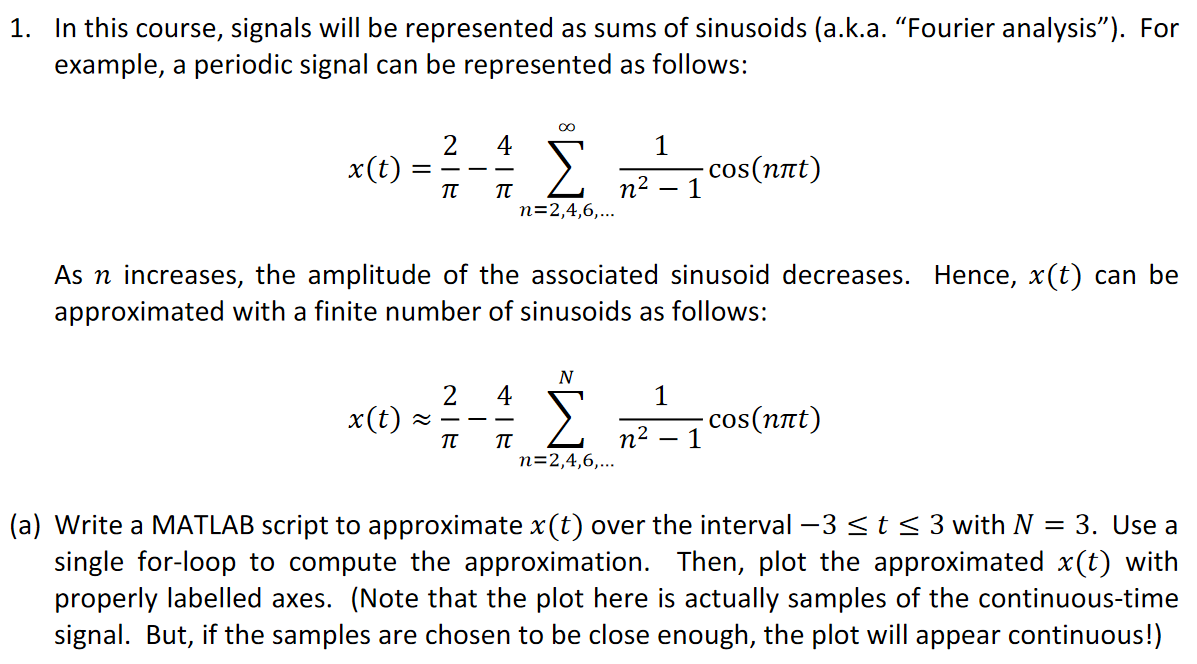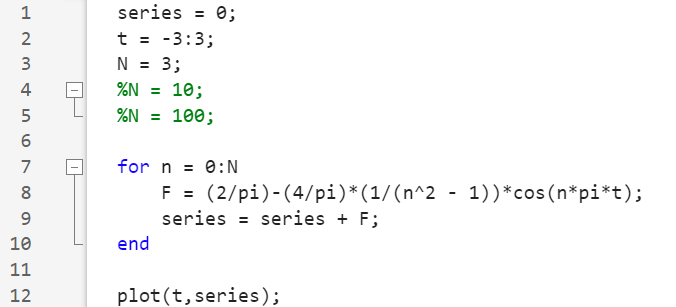Answered step by step
Verified Expert Solution
Question
1 Approved Answer
Please help me I'm really struggling This is what I have so far but it isn't plotting anything when I try to run it (The
Please help me I'm really struggling

This is what I have so far but it isn't plotting anything when I try to run it (The commented out parts are because the second part asks me to use subplots to show when N is 10 and 100)

Step by Step Solution
There are 3 Steps involved in it
Step: 1

Get Instant Access to Expert-Tailored Solutions
See step-by-step solutions with expert insights and AI powered tools for academic success
Step: 2

Step: 3

Ace Your Homework with AI
Get the answers you need in no time with our AI-driven, step-by-step assistance
Get Started


